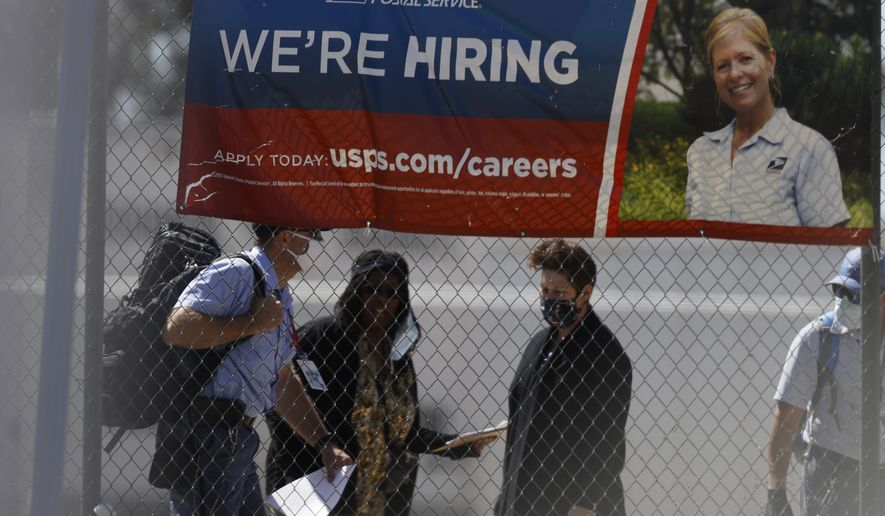OPINION:
Could postal reform kill rural mail delivery? Some argue that giving the U.S. Postal Service (USPS) more flexibility to set its service levels and allowing competition from private companies would leave rural areas behind. They’ve got it exactly backward. Innovation and targeted service changes are actually the best hope for continued mail service to rural areas.
When Congress established the Post Office in 1792, its mandate did not include rural areas. When rural delivery began 100 years later, the service was an instant hit, and routes proliferated rapidly. Congress encouraged this, mandating that the Post Office Department (and now the Postal Service) provide “prompt, reliable and efficient” mail service to all parts of the country, without regard to cost.
That mandate, now known as the “universal service obligation,” in effect created a subsidy where suburban and urban pay higher-than-necessary rates to cover the higher delivery costs of rural areas. This high-cost subsidy was protected by “private express” statutes, legally banning anyone else from offering mail service. These statutes ensured that the postal service would not lose customers in easy–to-serve areas to competition, assuring revenues sufficient to cover higher-cost deliveries to rural customers.
The world has changed greatly since then. Alternatives to letter mail — like email, texting and other digital technologies — have shattered the USPS model and knocked the legs out from under that system. Since 2001, letter volume has shrunk by 50%. Over the last 13 years, USPS has lost $78 billion.
Rural areas are doomed, say some. They predict that, without substantial subsidies from Congress, postal service in rural areas will become unaffordable. This is unlikely.
As a first matter, while costlier in general than urban areas, not all rural areas are unsustainable. There’s great cost variation among them. Historically, most rural routes paid for themselves, and thus were less dependent on government intervention to keep service.
Nevertheless, it is clear the old system no longer works and is unsustainable. Peter is no longer able to pay Paul. Without much needed reforms, the USPS is rapidly headed toward bankruptcy. Common sense service reforms could lower costs for all types of mail and be implemented in a way that protects rural customers.
For instance, mail could be delivered to central locations, such as post offices. Delivery days could also be reduced. Most rural customers value reliability over frequency in any case. At the same time, new technologies, such as drones, promise to reduce the cost of delivery significantly, especially in less densely populated areas.
The USPS can make many such changes now. However, Congress has made many potential reforms off limits. Ten years ago, the postal service tried to change to a 5-day-per-week delivery schedule for letters. Congress passed what has now become a perennial appropriations rider blocking any such move.
Competition can also help protect rural service. Innovation increases when a challenger enters the arena, able to look at problems with a different eye and imagine a solution. But direct competition in letter mail is verboten. Congress should lift that ban.
If necessary, Congress could also establish a subsidy program for the hardest-to-reach Americans, ranging from Inuit villages north of the Arctic Circle to survivalist compounds in eastern Idaho. The cost of any such program should be subject to annual congressional appropriations, with full transparency of all expenses. This is different from today’s opaque cross-subsidies, the cost of which is hidden from view.
The Postal Service has been forever changed as digital alternatives have significantly replaced “snail mail.” This will help all Americans, but has left some rural Americans worried their access to continued postal mail service. They are right to be concerned, but the problem is not change, but the lack of it. Rather than dreading reform, rural Americans should cheer the replacement of the federal government’s monopoly-and-bureaucracy model with innovation-focused market alternatives.
• James Gattuso is the senior research fellow in regulatory policy at The Heritage Foundation’s Roe Institute for Economic Policy Studies.




Please read our comment policy before commenting.